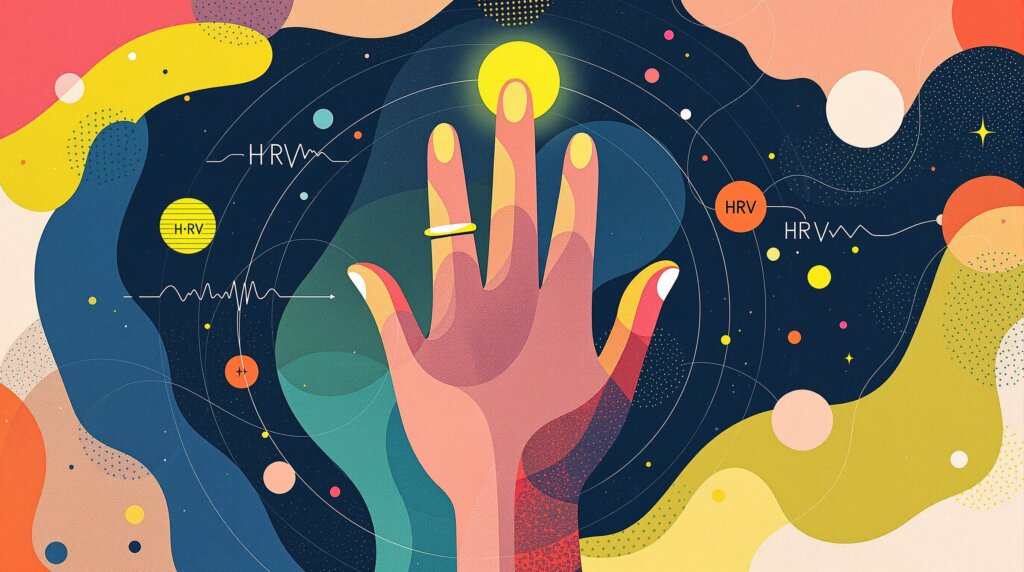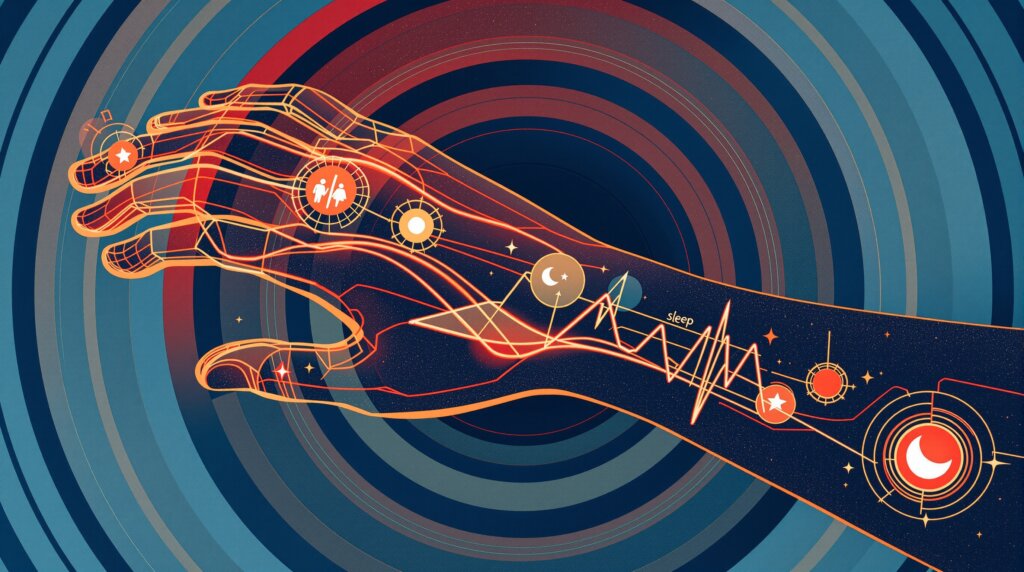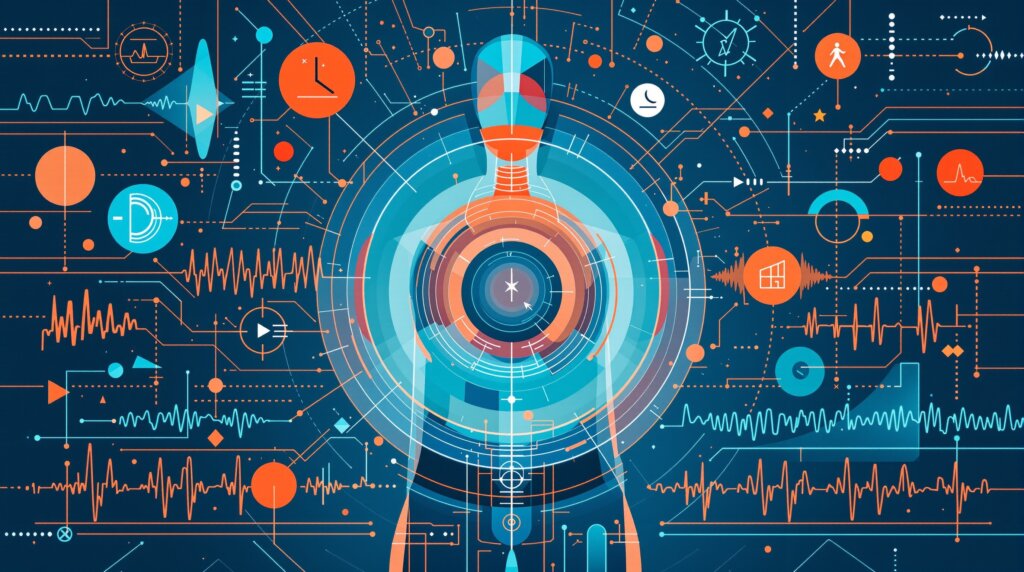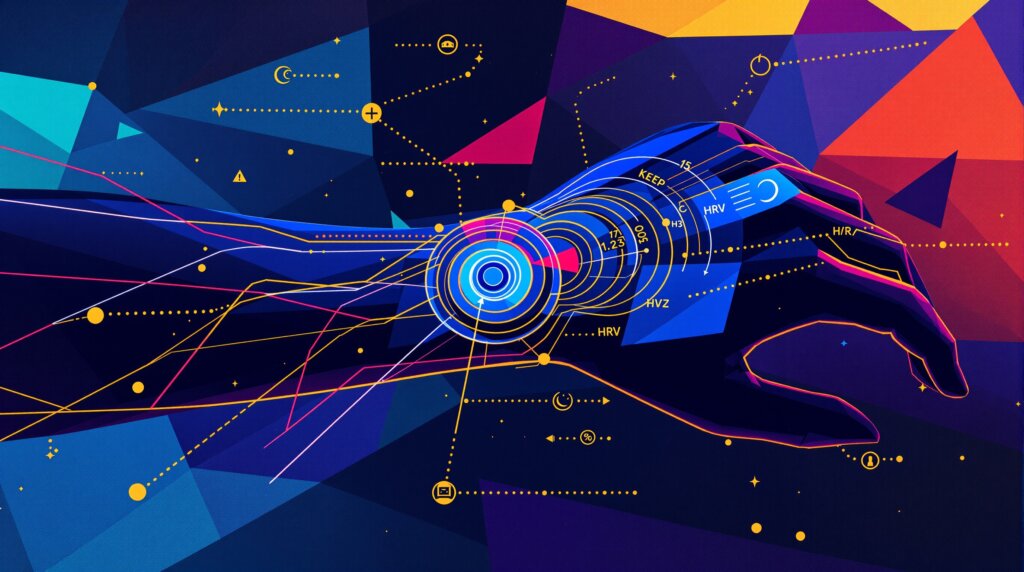The Science Behind Smart Ring Sleep Monitoring
A New Era of Sleep Tracking Technology
Smart rings represent a fascinating evolution in sleep and recovery monitoring, offering a discreet yet powerful approach to understanding our nightly restoration cycles. Unlike bulkier wearables, these elegant devices sit quietly on your finger, continuously gathering physiological data that can reveal profound insights about your sleep quality and recovery patterns. While the technology is still relatively new, early research suggests that smart rings may provide surprisingly accurate sleep tracking capabilities, though they’re not without their limitations.
The appeal of smart rings lies partly in their unobtrusive nature—many users find them more comfortable for overnight wear compared to traditional wrist-worn devices. This enhanced comfort often translates to better compliance and more consistent data collection, which is crucial for identifying meaningful sleep patterns over time.
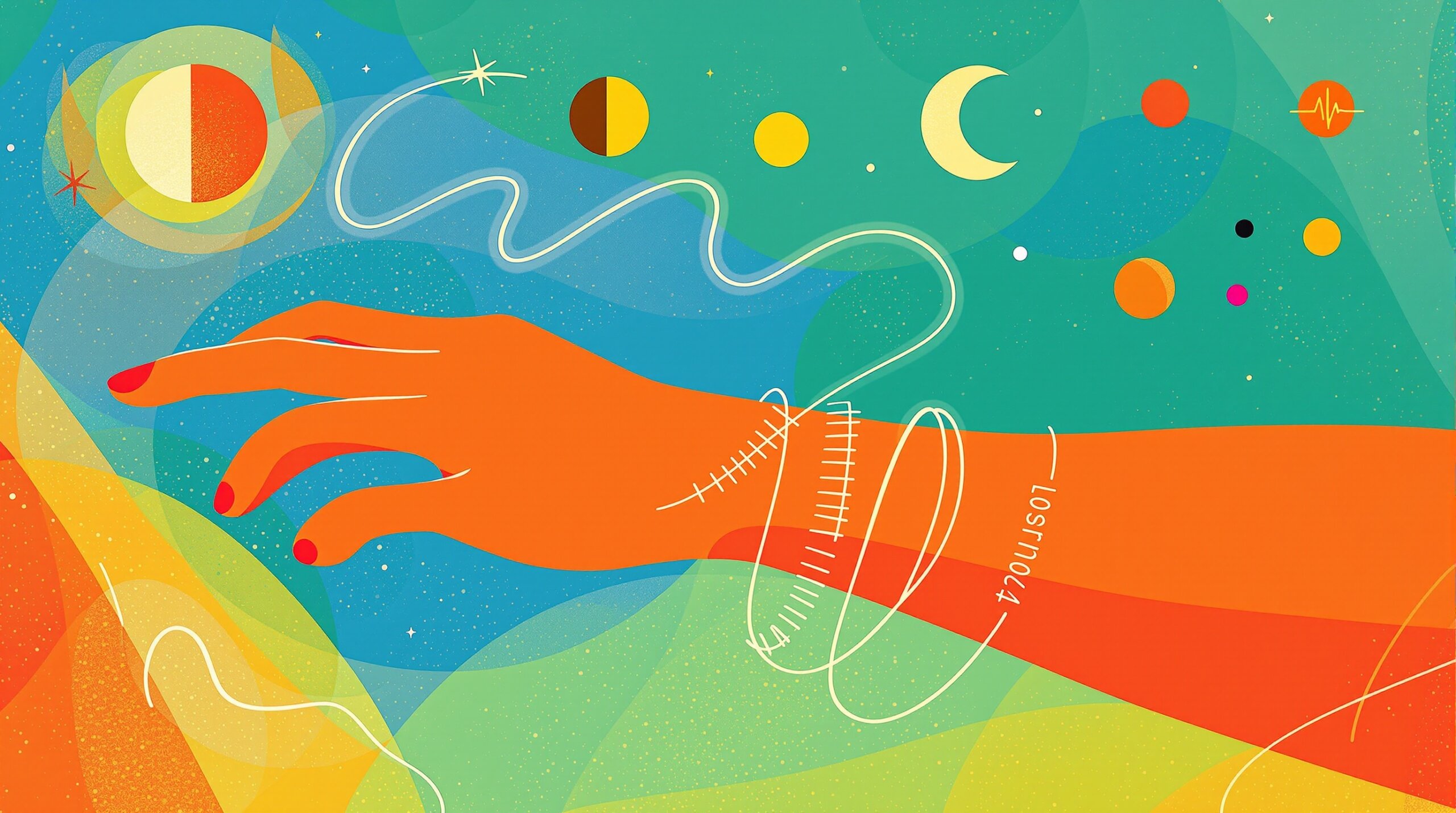
How Smart Rings Capture Your Sleep Data
Multi-Sensor Technology in a Compact Design
Smart rings achieve their sleep monitoring capabilities through an impressive array of miniaturized sensors working in concert. The primary technology relies on photoplethysmography (PPG), which uses light-based sensors to detect blood volume changes in your finger’s capillaries. This data reveals heart rate patterns and heart rate variability—key indicators that help distinguish between different sleep states.
Motion sensors, typically accelerometers and gyroscopes, track your movement patterns throughout the night. These sensors can detect the subtle differences between restful sleep and periods of tossing and turning. Additionally, many smart rings incorporate temperature sensors that monitor your skin temperature fluctuations, which naturally vary across different sleep stages.
Perhaps most intriguingly, some devices can also estimate respiratory rate by analyzing the subtle variations in heart rate that correspond to breathing patterns. This multi-parameter approach tends to be more robust than relying on a single metric, though the accuracy can sometimes vary depending on factors like ring fit and individual physiological differences.
The combination of these sensors allows smart rings to build a comprehensive picture of your sleep without requiring any conscious input from you—the data collection happens seamlessly while you rest.
Understanding Sleep Stage Detection
Decoding Light, Deep, and REM Sleep Patterns
Smart rings attempt to classify sleep into the major stages that sleep researchers have identified: light sleep, deep sleep, REM sleep, and periods of wakefulness. Each of these stages serves different functions in your body’s recovery process, and understanding their distribution can provide valuable insights into your sleep quality.
Light sleep typically accounts for about 50-60% of total sleep time and serves as a transition between wakefulness and deeper sleep stages. Deep sleep, crucial for physical recovery and memory consolidation, usually represents 15-20% of sleep in healthy adults. REM sleep, where most vivid dreaming occurs, is essential for cognitive function and emotional processing.
Research suggests that some smart rings can achieve approximately 79% classification agreement when compared to polysomnography (PSG)—the gold standard for sleep monitoring used in clinical settings. However, this accuracy isn’t uniform across all sleep stages. Wake detection tends to show high sensitivity, while REM stage detection sometimes shows underestimation compared to clinical measurements.
It’s important to understand that smart rings infer sleep stages indirectly through physiological markers, rather than directly measuring brain activity like clinical sleep studies do. This means they’re excellent for identifying patterns and trends over time, but they shouldn’t be considered equivalent to medical-grade sleep assessments.
Accuracy Considerations and Real-World Limitations
Understanding the Strengths and Boundaries of Ring-Based Sleep Tracking
When evaluating smart rings for sleep monitoring, it’s crucial to understand both their capabilities and limitations. Studies indicate that these devices can achieve greater than 75% accuracy for sleep stage detection, with wake detection showing particularly strong performance—sometimes reaching sensitivity levels of around 68.6%.
However, accuracy can vary significantly between different devices and even between individuals using the same device. Factors like ring fit play a critical role—a ring that’s too loose may not maintain consistent sensor contact, while one that’s too tight could restrict blood flow and affect readings. Individual physiological differences, such as circulation patterns or skin characteristics, can also influence data quality.
Perhaps most importantly, smart rings work best as trend-detection tools rather than precise diagnostic instruments. They excel at helping you understand your sleep patterns over weeks and months, identifying factors that might be impacting your rest, and tracking improvements from lifestyle changes. They’re not designed to replace professional sleep studies for diagnosing conditions like sleep apnea or other sleep disorders.
The technology tends to be more reliable for measuring total sleep duration and sleep efficiency than for precisely timing sleep stage transitions. This makes them valuable for general wellness monitoring but less suitable for clinical applications requiring exact measurements.
Key Sleep and Recovery Metrics Revealed
Translating Data into Actionable Recovery Insights
Smart rings typically provide a comprehensive suite of sleep and recovery metrics that go well beyond simple sleep duration. Total sleep time and sleep latency (how long it takes you to fall asleep) offer basic insights into your sleep patterns, while metrics like wake after sleep onset and sleep efficiency provide deeper understanding of sleep quality.
Many devices synthesize multiple physiological markers—including heart rate variability, respiratory rate, and body temperature fluctuations—to generate recovery scores. These scores attempt to indicate how well your body has recovered from previous day’s stresses and how ready you might be for physical or mental challenges.
Heart rate variability deserves particular attention as a recovery indicator. Higher HRV during sleep often suggests better autonomic nervous system balance and recovery, while consistently low HRV might indicate accumulated stress or insufficient recovery. However, HRV can be influenced by many factors, including hydration, alcohol consumption, and emotional stress.
Temperature patterns throughout the night can reveal insights about your circadian rhythm alignment and hormonal fluctuations. Some users find that tracking these patterns helps them optimize their sleep environment or identify potential health issues before they become problematic.
The integration of these various metrics often provides a more nuanced picture than any single measurement could offer, helping users make informed decisions about training intensity, stress management, and lifestyle modifications.
Practical Applications and User Experience Benefits
Seamless Integration into Your Wellness Routine
One of the most significant advantages of smart rings for sleep monitoring is their exceptional comfort and unobtrusiveness. The lightweight design—often weighing less than 10 grams—means many users forget they’re wearing the device entirely. This comfort factor is crucial because consistent wear leads to better data quality and more meaningful long-term insights.
The companion apps that accompany these devices have become increasingly sophisticated, often providing personalized recommendations based on your sleep data. These might include suggestions for optimal bedtimes, environmental adjustments, or lifestyle modifications that could improve your sleep quality.
Many users find that simply having access to their sleep data encourages better sleep hygiene practices. The ability to see how factors like caffeine intake, exercise timing, or stress levels affect sleep quality can be powerfully motivating for positive behavior changes.
The Future of Smart Ring Sleep Technology
Emerging Innovations and Clinical Integration
The future of smart ring sleep monitoring looks particularly promising, with advances in machine learning algorithms expected to significantly improve sleep staging accuracy. These improvements may help bridge the gap between consumer devices and clinical-grade monitoring tools.
We’re also seeing increased interest in integrating smart ring data with clinical care for sleep disorder monitoring. While these devices won’t replace formal sleep studies, they may provide valuable supplementary data for healthcare providers treating sleep-related conditions.
Continued innovations in sensor technology and battery life enhancement are making these devices even more appealing for long-term use. Some emerging technologies may even add new capabilities, such as blood oxygen monitoring or more sophisticated circadian rhythm tracking.
Making Informed Decisions About Sleep Tracking
Smart rings have emerged as compelling tools for sleep and recovery monitoring, offering a practical balance between accuracy and convenience. While they may not match the precision of clinical sleep studies, they provide valuable insights that can help optimize your sleep quality and recovery patterns over time.
The key is understanding these devices as wellness tools that complement, rather than replace, professional medical evaluation. Their greatest strength lies in their ability to reveal patterns and trends that might otherwise go unnoticed, empowering you to make data-driven decisions about your sleep environment, habits, and overall lifestyle. For those seeking a discreet, comfortable way to gain deeper insights into their nightly recovery, smart rings represent an increasingly sophisticated and accessible option.
Frequently Asked Questions
What does a smart ring tell me about my sleep?
Can a smart ring tell if I’m recovering from workouts?
How accurate are smart rings for tracking sleep and recovery?
How should I use smart ring data to improve my sleep and longevity?
Are there privacy or data-sharing concerns with smart rings?
